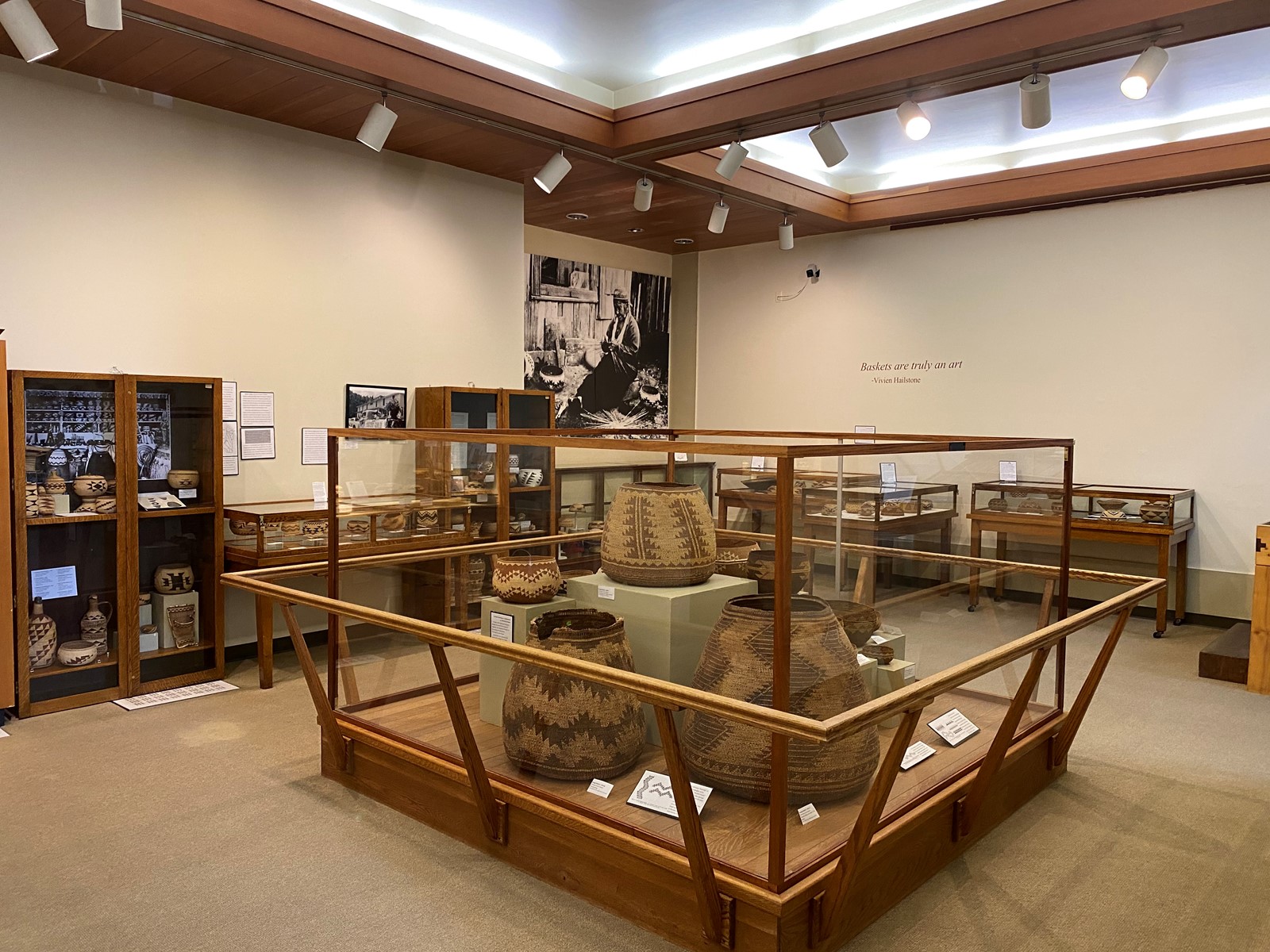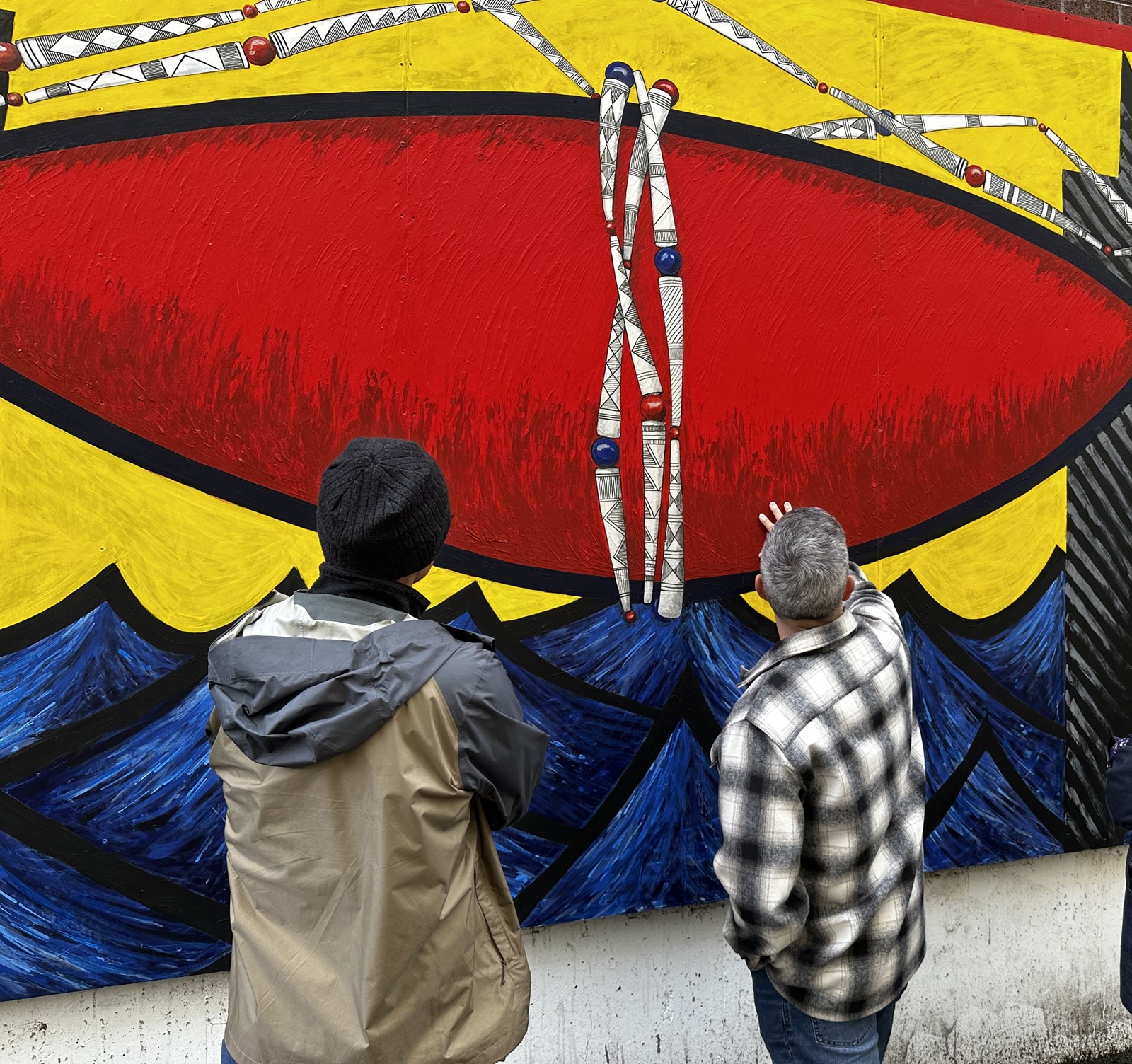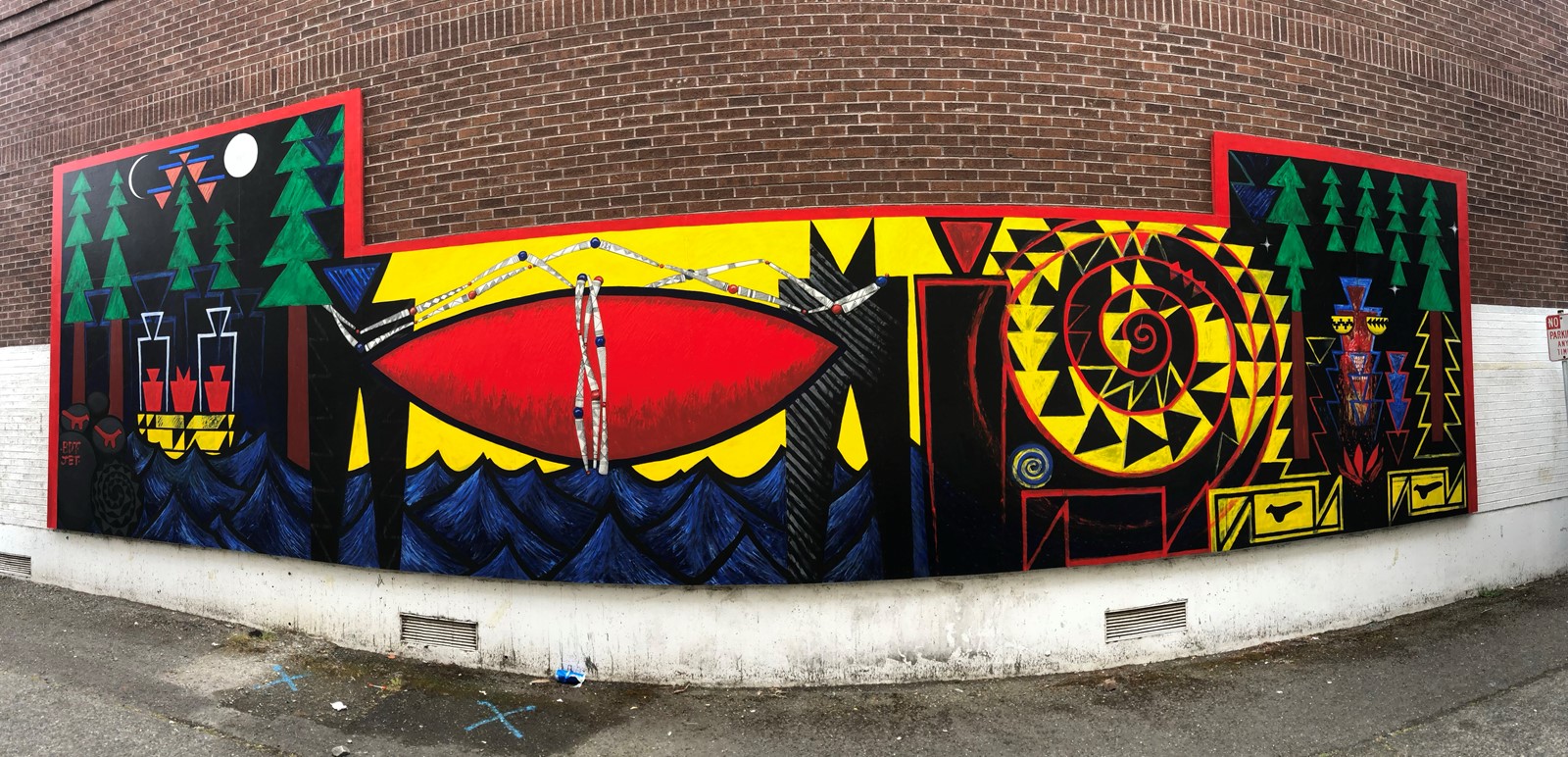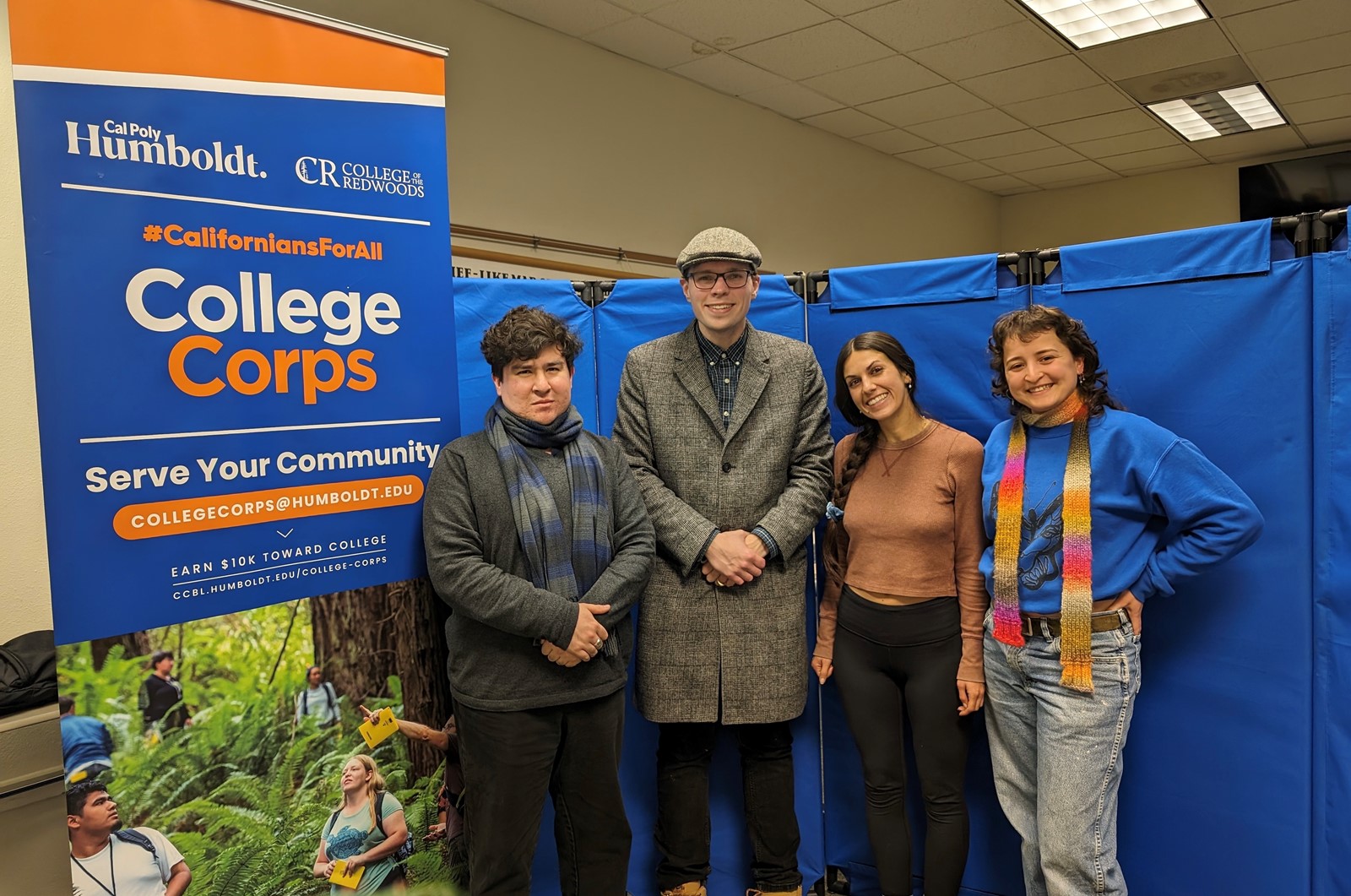



The Clarke Historical Museum is getting closer to acquiring the Nealis Hall structure from the city of Eureka, and has launched a fundraising campaign to help pave the way for a successful transition of ownership.
Nealis Hall — a wing of the museum that houses its extensive Native American collections — was built in 1979 via a cooperative grant between the city of Eureka and the museum. The city has owned the structure (named for a longtime museum board member, Jim Nealis) since then, but is actively working with the museum to transfer over the property, said Josh Buck, the museum’s executive director/curator.
“Visitors to the Clarke Museum will quickly note that the museum comprises two distinct masonry structures,” he said. “The Main Hall, constructed in 1912 as the Bank of Eureka and the Savings Bank of Humboldt County, was purchased in 1960 by the museum’s founder, Cecile Clarke. In 1979, the owner of the defunct Liberty Theater, George Mann, agreed to sell the land immediately adjacent (west) to the Clarke to the city of Eureka if they promised to add a new museum wing.
“Nealis Hall was constructed with the help of a federal Economic Development Administration grant awarded to Eureka the same year,” Buck said. “This wing has remained dedicated to honoring and teaching about local Native American history and culture, featuring rotating displays of Pacific Northwest Indigenous exhibits and educational tours/workshops.”
Since 1979, Nealis Hall has been under the ownership of the city, he said, which has undertaken the responsibility of exterior maintenance and insurance coverage.
“We express our gratitude towards this long-standing partnership, which has spanned nearly half a century,” Buck said. “The city has consistently been one of our strongest supporters. Since the city informed us they intended to gift Nealis Hall to the museum, we have been working closely with them to ensure a smooth transfer process. While we are thrilled about this development, our budget will be impacted by transfer costs, increased building insurance coverage and ongoing structure maintenance, which we will address as they arise as part of our overall ongoing fundraising efforts.”
Recently, the Clarke Museum kicked off a fundraising campaign to secure the funding needed this year for various projects related to Nealis Hall. The campaign will continue through 2024, with a goal of raising $35,000.
“We invite our community and supporters to participate in this exciting initiative by dropping by the museum to make a donation directly, mailing a check to 240 E St., Eureka, CA 95501, or donating via our website, www.clarkemuseum.org. With your support, Nealis Hall will continue to serve our community by preserving, interpreting and sharing the histories of local tribes.”
Fundraising goals for Nealis Hall this year are multifold, Buck said.
A first round of project funding was secured for the installation of new flashing over the 40-foot-long “The Sun Set Twice on the People that Day” Mural in Opera Alley on the west side of Nealis Hall. This mural — created in 2000 by Native artists Alme Allen and Brian Tripp —originally adorned the side of the Eureka Theater, Buck said, and was moved to the side of Nealis Hall three years ago.
“The Clarke’s staff and board of directors extend our heartfelt gratitude to our hardworking Cal Poly Humboldt College Corps Fellows, Carrie White, Lucia Rodriguez and Valentin Velazco, who worked with Karuk artist Alme Allen to create a grant proposal to preserve the mural,” Buck said.
Funds raised through the recently launched campaign will also be used to cover ownership transfer costs, to install a new hand-carved door between the Clarke’s Main Hall and Nealis Hall featuring Allen’s artwork and to purchase supplies to ensure proper care of the collection.
“The bulk of the costs associated with this endeavor will be procuring materials and installing the door that will separate the two halls and provide additional protection for collections by sealing the airspace for our new industrial dehumidifier to do its job more efficiently,” Buck said. “Plus, the finalized door, much like the two buildings that house the collection, will be worth a visit as it will feature the work of a number of community members by the time the project is completed and feature Indigenous motifs hand-carved and blowtorched by Alme Allen, who has worked on many local projects reflecting Indigenous traditions such as the mural and many pieces of signage such as those at Sue-meg State Park.”
Buck says that Nealis Hall is the “cornerstone of the museum as it has remained a center for preserving and sharing the history of the North Coast’s resilient Indigenous culture.”
“The addition of Nealis Hall in 1979 was one of the most important projects the museum has undertaken,” he noted. “It provides the space to share, properly store and promote one of the most extensive collections of Pacific Northwest Native American basketry on the West Coast. Thousands of lifelong learners of all ages are afforded a memorable opportunity to learn from both the exhibits and regular demonstrations hosted by board member Shirley Laos during Arts Alive! each month and during other museum functions.”
The Clarke Historical Museum is located at 240 E St., Eureka. For more information about Nealis Hall and the Clarke Historical Museum, go to https://www.clarkemuseum.org/.


 PREVIOUS ARTICLE
PREVIOUS ARTICLE
